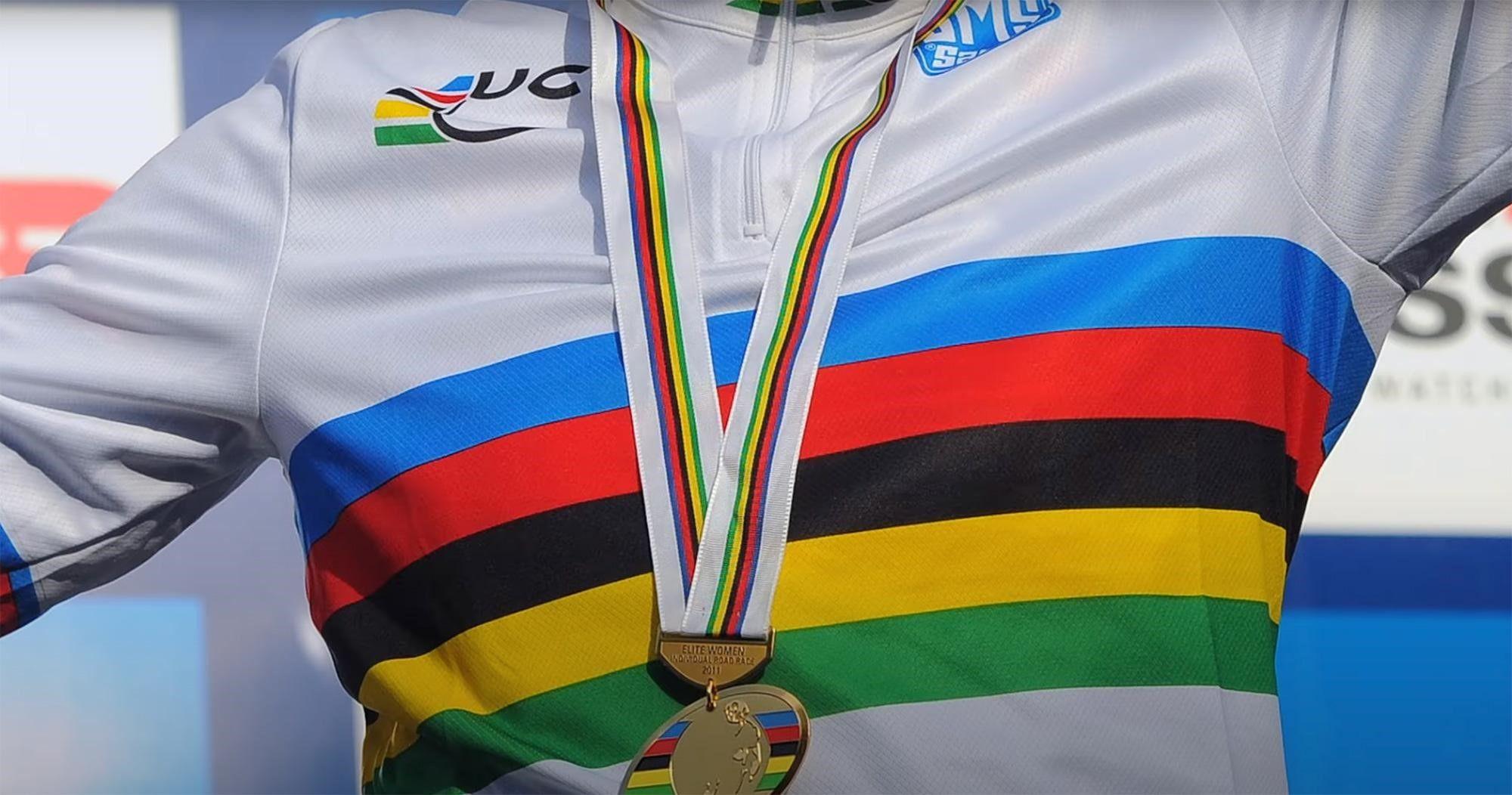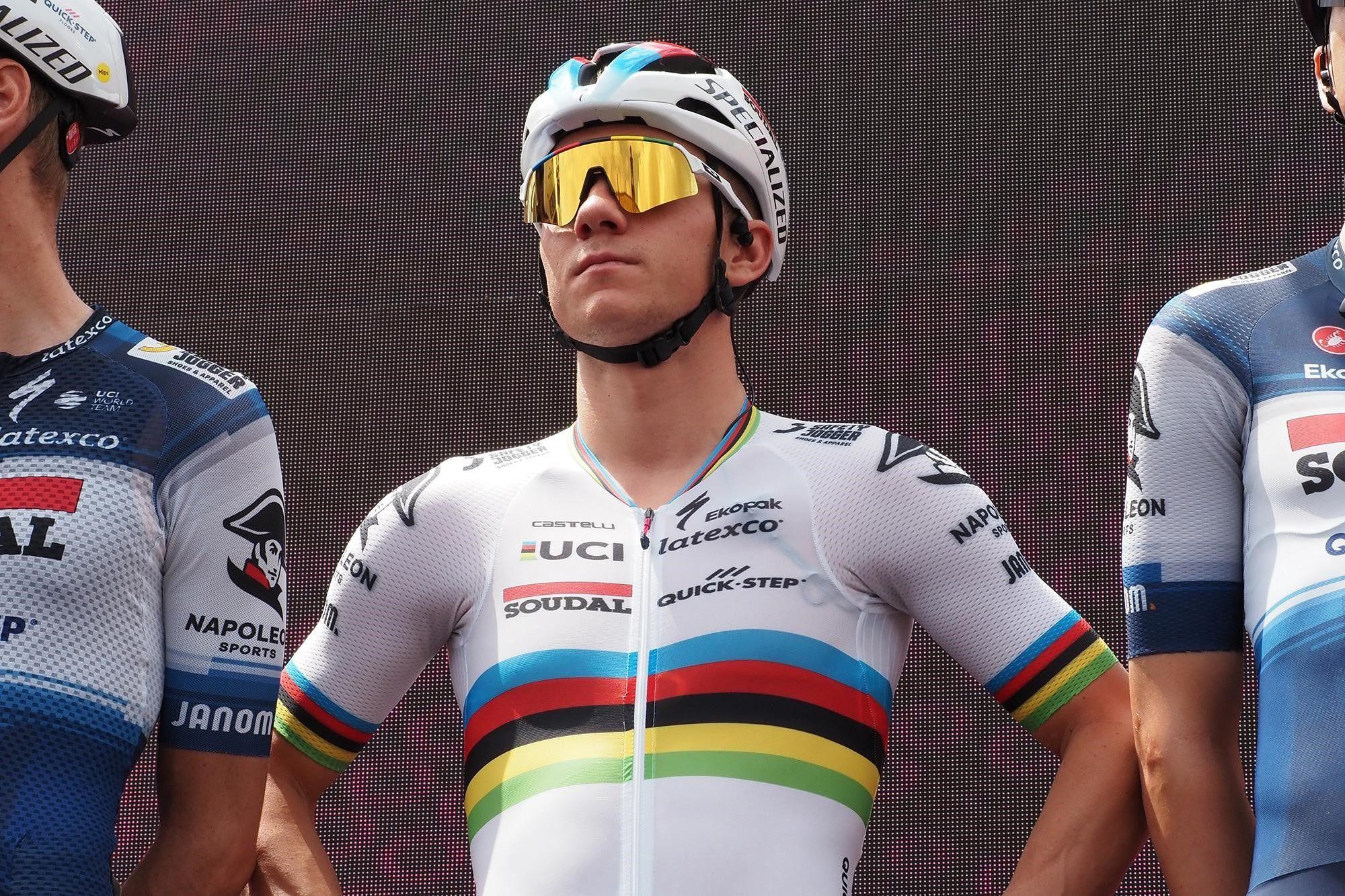
Last year’s men’s winner’s story
Last year, the Belgian Remco Evenepoel won the elite men's rainbow stripes in Wollongong, Australia, with a stunning solo attack, just weeks after he took gold at La Vuelta and in the same year that he won the Monument, Liege Bastogne Liege. With under 30 km to go, the 2021 Olympian, a two-time world junior champion, broke away from the peloton to win the race by 2 minutes and 21 seconds. He is currently only one of four men (including Alfredo Binda, Eddy Merckx and Bernard Hinault) to have won a Monument, a Grand tour and a Road World Championships in one year. He will be back on the start line to defend his rainbow jersey.
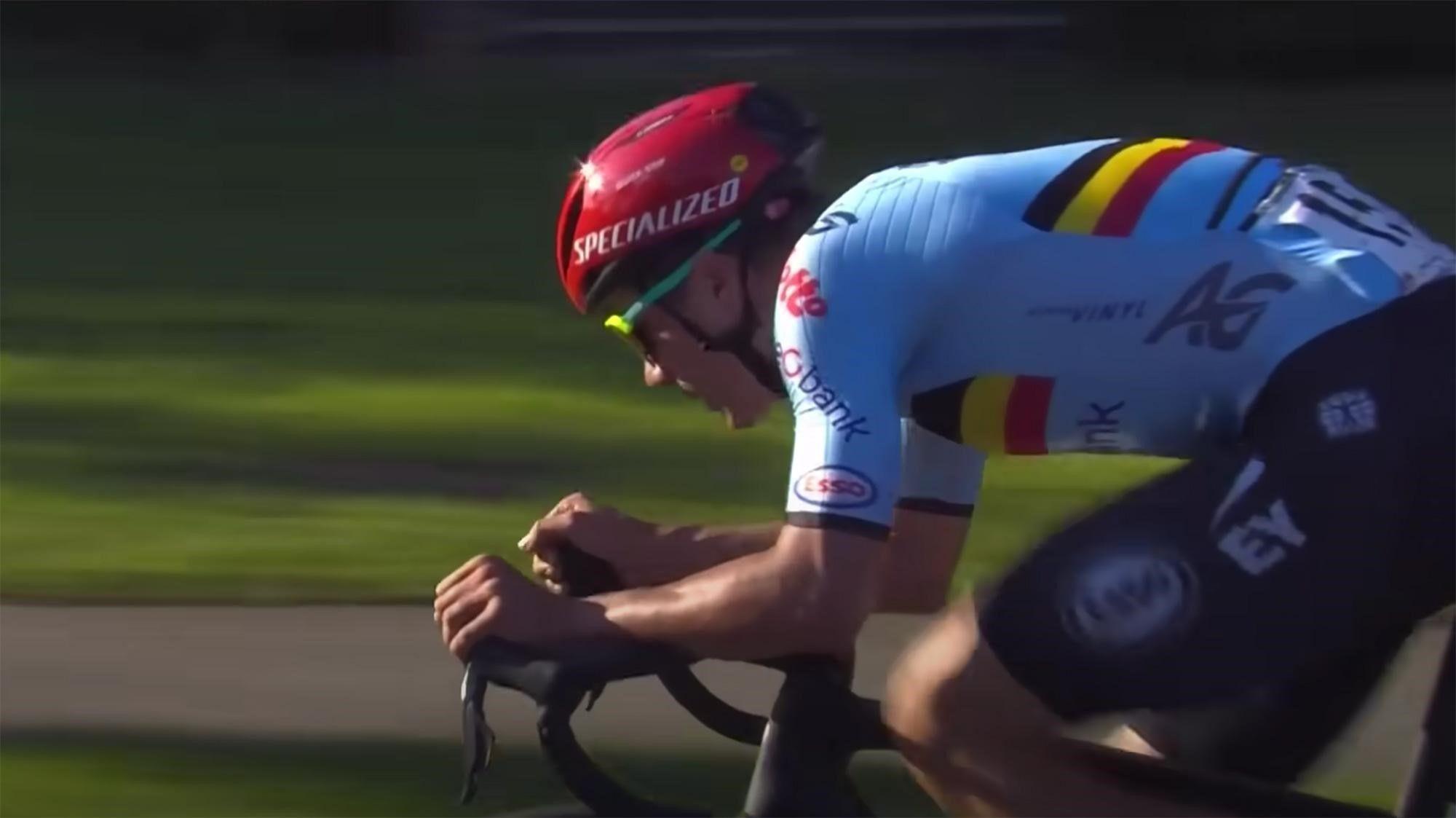
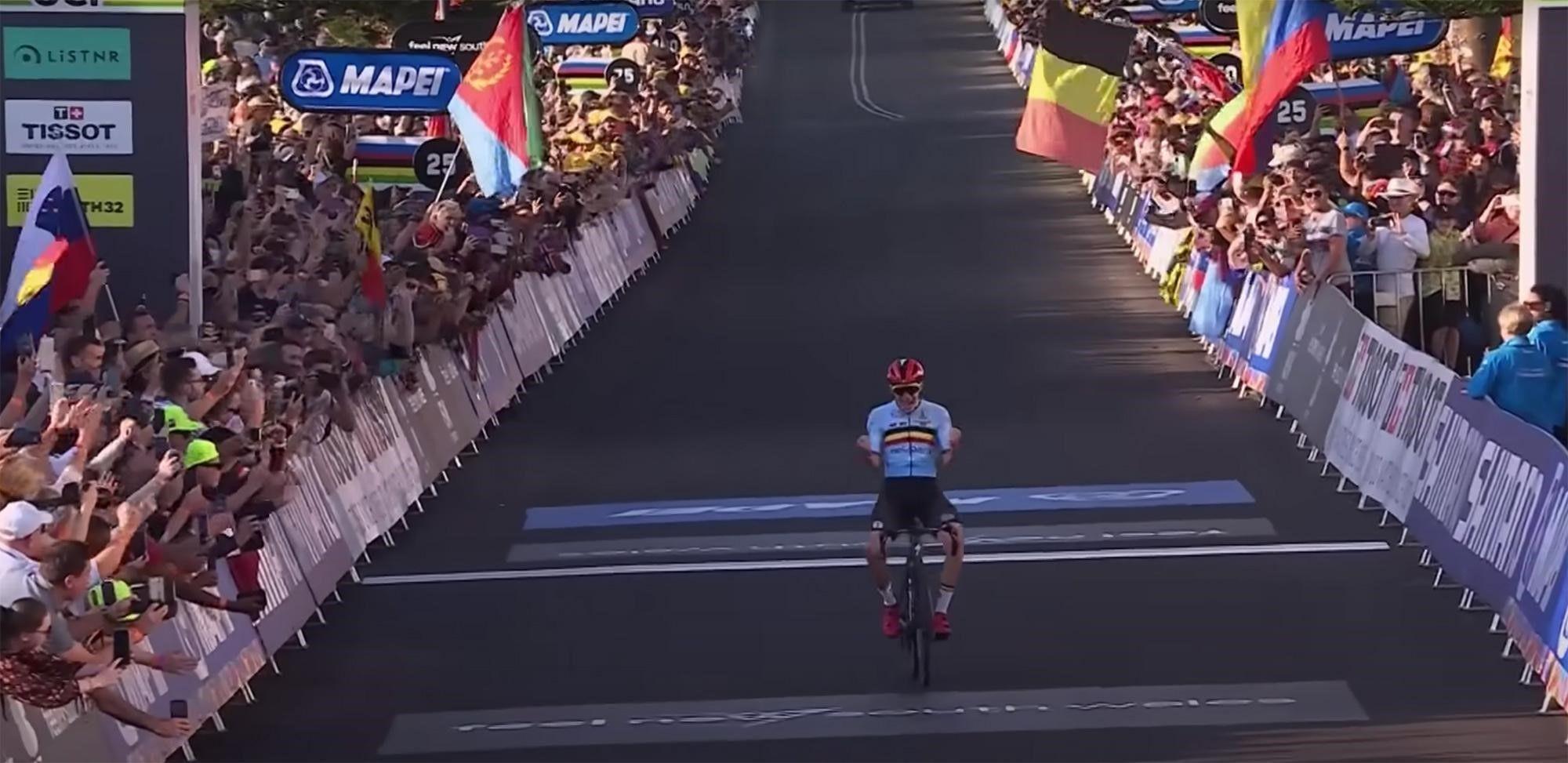
Last year’s women’s winning story

In the ladies' peloton, Annemiek van Vleuten grabbed her second World's victory (2019, 2022) in her career while riding with a fractured elbow. She has won all three women's cycling Grand Tours, taking gold at the Giro Donne, the inaugural Tour de France Femmes and La Vuelta Femenina in the same year she won the Road World Championships in 2022. She will retire at the end of the year and will undoubtedly be one of the greatest female cyclists in the world for the past few years and possibly the greatest of all time. She, too, will be on the start line for the final time this year at the Road World Championships, helping her Dutch team.
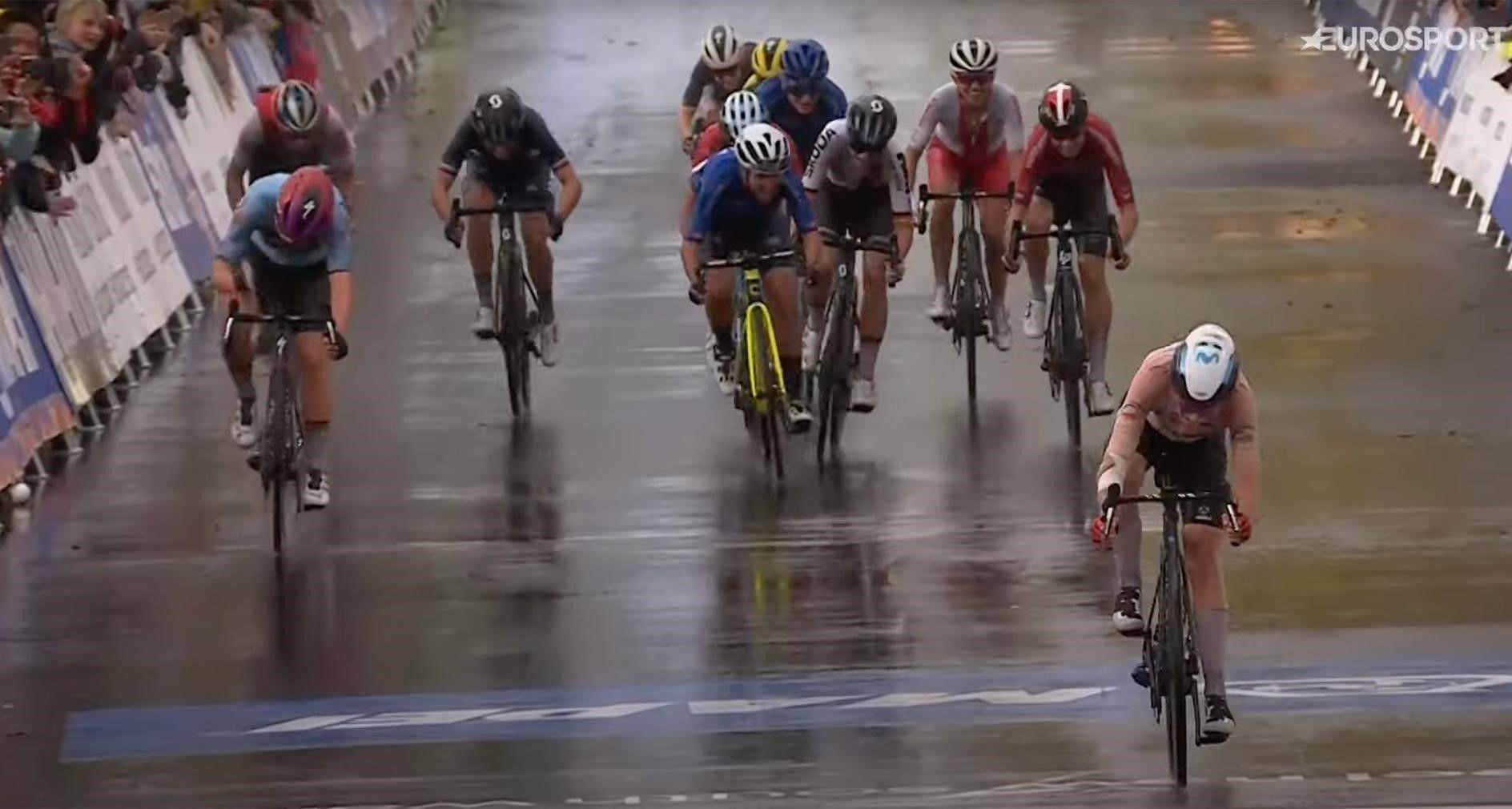
A unique World Championship in 2023
There are thirteen events, comprising six road races finishing in the Glasgow city centre, six individual time trials, with a start-finish in Stirling and a team time trial mixed relay in Glasgow. There will be an amalgamation of 13 cycling disciplines, all competing over this period for the first time in history. The event will showcase the 'power of the bike' as a tool for competitive sport and as a means of transport and recreation by attracting the interest of the global cycling community, transforming the sport by reaching new audiences and benefiting the host country. The prestige of the Road World Championships will be a unique mega event to showcase cycling.
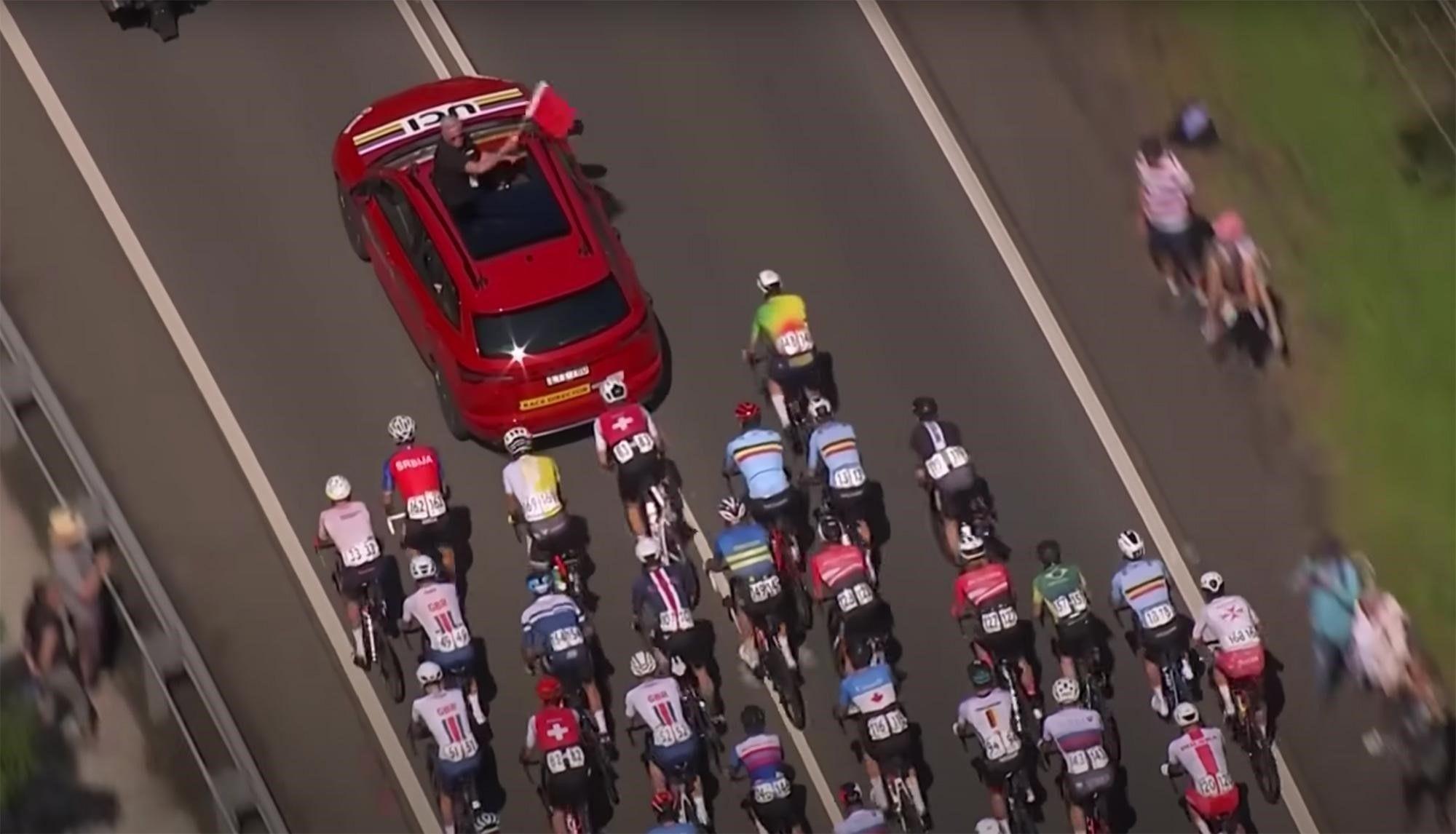
Some UCI Champs fun facts
● The first professional World Cycling Championship was in 1927 in Germany, and Alfredo Binda of Italy won.
● Alfredo Binda and Eddy Merckx had three victories, but the Slovak Peter Sagan is the only male cyclist ever to win three years in a row (2015, 2016, and 2017). Sagan will compete in his last WC in 2023 and won't be among the favourites. He retires at the end of the year.
● There is equal prize money for men and women, introduced in 2013.
● The colours of the rainbow jersey reflect the colours of the Olympic rings and the number of the five continents symbolising the international relevance of different nations.
● The winner can wear the rainbow jersey the entire year and can call her or himself World Champion for life.
● Belgium leads on the list of most successful national wins, followed by Italy and France.
● Most cyclists prefer winning the World Championships over the Olympic Games medals because it offers more career opportunities, a better salary, and recognition.
● Some GC stage race winners, like Jonas Vingegaard or Tadej Pogačar, may choose not to make an appearance at the Road World Championships and instead focus on main WorldTours or choose profiles better suited to them or that may not fit their program or to get more recovery after the Tour and before the upcoming La Vuelta.
● Unlike the Grand Tours, where the leader wears the yellow jersey only during that race, the World Champion wears the rainbow colours for an entire year.
● Previous winners can commemorate their win by wearing the rainbow stripes piping on the edges of the sleeves and collar of their regular jersey until the end of their careers. However, those winning Time-Trials can only wear their colours in Time-Trials, not road races.
● The course can be on a flat route favouring sprinters or on a rolling terrain suited to climbers or all-rounders and usually includes a finishing circuit of laps over a distance of over 250 km for the men.
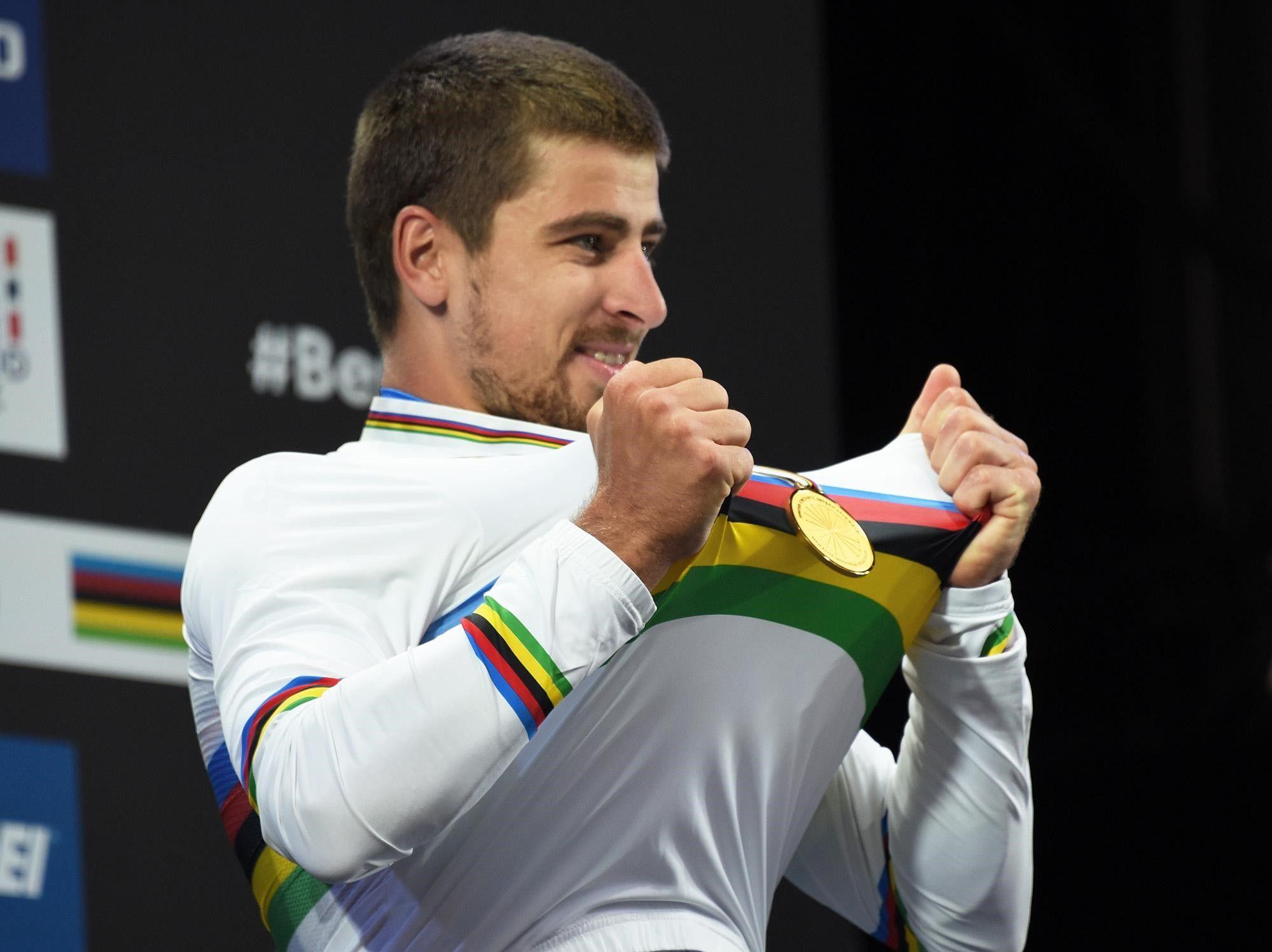
The Road Race course
The 2023 Road World Championships, always a long event, favours the powerful but punchy climbers and those with excellent technical skills on a course with plenty of cornering that sets off in the capital Edinburgh before taking in the beautiful landscapes of south-west Scotland before arriving at the circuit finish in Glasgow.
This year it includes 270 km and 3,570m of climbing that will start at Arthur's Seat in Edinburgh and then pass through Edinburgh's Old Town, near Edinburgh Castle, before crossing the Firth of Forth and along the Fife coastline to Glasgow.
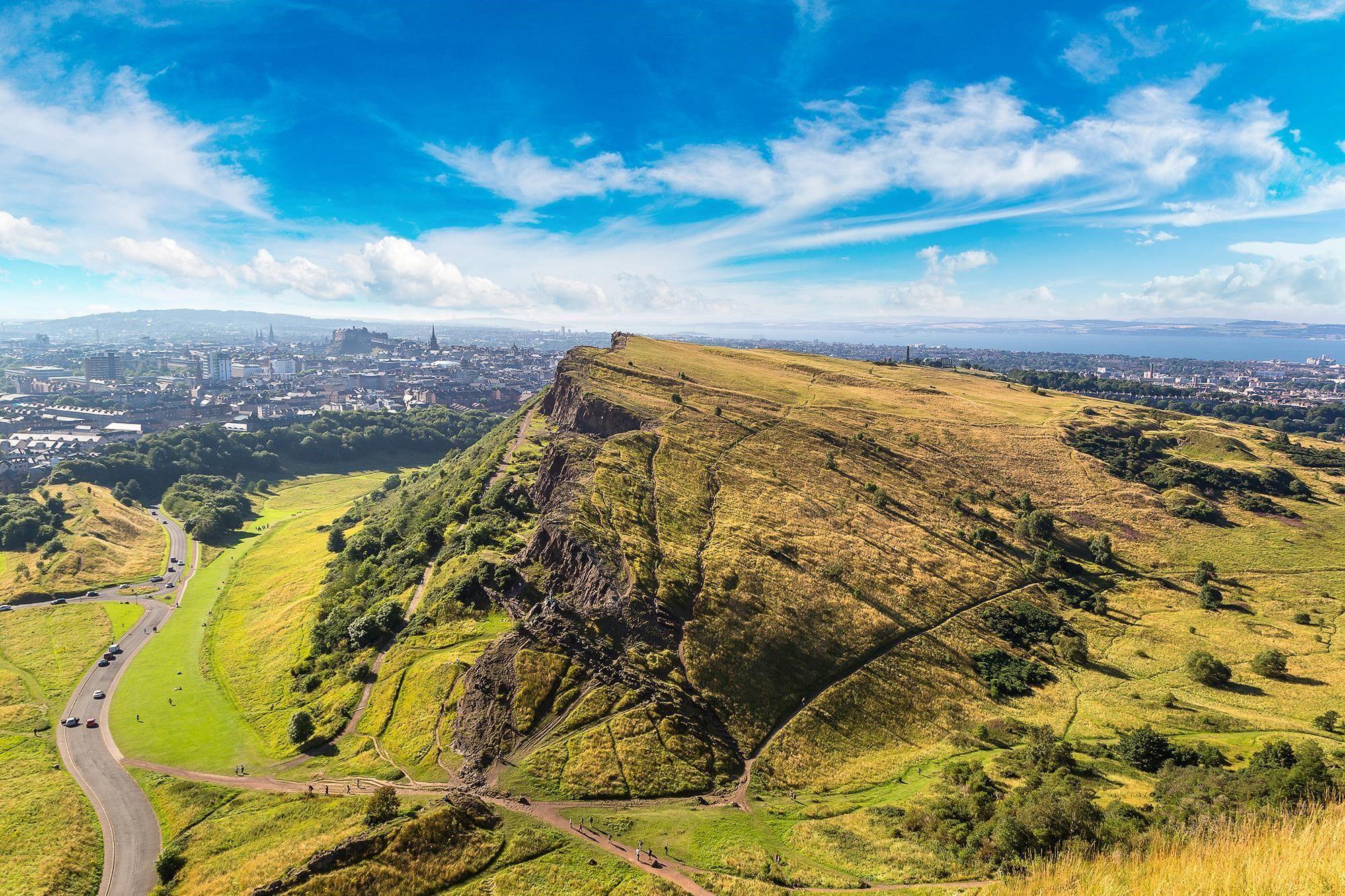
It will be a leg-shredding shark tooth profile, including the notorious 6 km Crow Road climb (average 4,8% to max 9,7%), which could provide the deciding moments for the cream to rise to the top! The big names can show their metal with the possible splitting up of the peloton after 96 km of racing before arriving in Glasgow after 120km for a finishing circuit of 10 laps of 14,3km. The Montrose Street ascent, over 200m, with an average gradient of 10.8% at around 1.5km to go on the circuit, should provide a perfect place to launch an attack.
On the 13th of August, the women start in Loch Lomond for a loop of 60 km, including the Crow Road climb, before reaching Glasgow for the final six laps of the 14,3km circuit that includes tackling the tough Montrose Street climb. The race will be one of the longest one-day events in the women's WorldTour calendar that will favour an all-rounder, so it demands a significant stamina and endurance engine and the skills and talents of a climber.
Ride in Scotland on ROUVY
You, too, can enjoy the vibe of the World Champs by riding over the magnificent but hilly and at times challenging landscapes in Scotland. Below are a few undulating routes that you can tackle on ROUVY.
